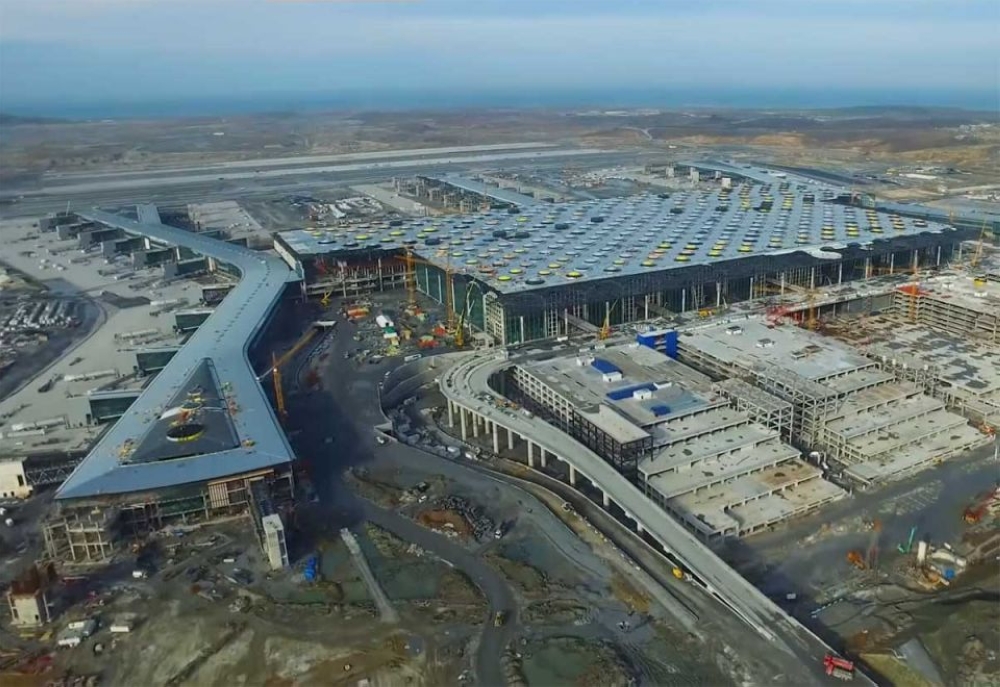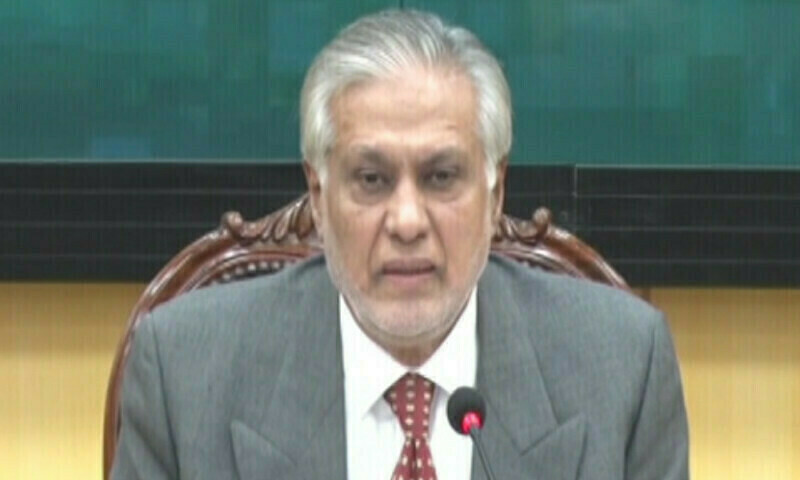$12bn new Istanbul airport to be world’s largest
Tue 30 Oct 2018, 11:38:54

Turkish President Recep Tayyip Erdogan on Monday unveiled Istanbul’s new international airport, which his government claims will be the world’s largest.
One of the president’s favored mega-projects, Erdogan says the 10.5 billion euros ($12 billion) project will make Istanbul a global travel hub linking Europe, Asia and Africa and turn flag carrier Turkish Airlines into an aviation giant. Herewith some facts and figures:
Capacity
By year’s end, the new airport will be able to handle up to 90 million passengers annually, ranking it in the world’s top five. This will rise to 200 million passengers when all facilities are completed in 2028, by which time it could well be number one.
In 2017, that title was held by Atlanta airport in the US, with just under 104 million passengers, according to Airport Council International (ACI) figures.
Next came Beijing on 95.7 million passengers, Dubai 88.2 million, Tokyo 85.4 million and Los Angeles 84.5 million. In Europe, London-Heathrow ranked seventh globally with 78 million passengers last year.
Paris-Charles de Gaulle came in 10th on 69.4 million, Amsterdam 11th with 68.5 million, Frankfurt 14th at 64.5 million and then Istanbul in 15th position with 64.1 million. The ACI said Turkish air traffic grew 10.9 percent last year, picking up pace in the first half of 2018 to 15.7 percent.
Construction, facilities
The airport is being built in the Arnavutkoy district on the European side of Istanbul. It is the first completely new “greenfield” facility in Europe in nearly 20 years, the ACI says.
When all four construction phases are complete in 2028, the airport will have six runways and two terminal buildings, covering an area of 76 sq. km, according to operator IGA. The last totally new airport in
Europe was Athens which entered service in 2001, preceded by Munich in 1992.
Europe was Athens which entered service in 2001, preceded by Munich in 1992.
Air traffic growth
The International Air Transport Association says global air traffic is growing at an annual rate of 3.5 percent. That means 4.1 billion passengers will take to the air this year, doubling to 8.2 billion by 2037.
Industry body IATA repeatedly warns that airports around the world will struggle to deal with this expansion, urging governments to make the necessary investment to keep up.
The two-month period after Monday’s “soft opening” will be used to identify “where we need to work a bit more”, Kadri Samsunlu, director general of the Istanbul Grand Airport (IGA), told foreign media visiting the site on Thursday.
The “entire business” at Ataturk — including planes and equipment — will be moved to the new airport over a 45-hour period after the “hard opening” at the end of the year, Samsunlu added.
Authorities say a metro line will be built to link the airport, which is near the Black Sea coast on the European side of Istanbul, to the city center 35 km away.
Before its glitzy launch, the airport looked more like a construction site on Thursday, with dump trucks roaring past, a road being paved and workers quickly dismantling scaffolding.
When completed in 2028, it will have six runways and two terminals spread over 76 sq. km, the IGA said. That would make it three times the size of Ataturk.
Turkish Airlines will take advantage of the extra space by expanding its commercial and cargo operations, a source at the company told AFP on condition of anonymity.
“Next year we will add 40 airplanes to our fleet. By 2023 we will have 450 planes and transport more then 120 million passengers a year,” the source said.
No Comments For This Post, Be first to write a Comment.
Most viewed from International
Most viewed from World
AIMIM News
Latest Urdu News
Most Viewed
May 26, 2020
Do you think Canada-India relations will improve under New PM Mark Carney?
Latest Videos View All
Like Us
Home
About Us
Advertise With Us
All Polls
Epaper Archives
Privacy Policy
Contact Us
Download Etemaad App
© 2025 Etemaad Daily News, All Rights Reserved.



.jpg)






.jpg)
.jpg)








.jpg)
.jpg)
.jpg)
.jpg)
.jpg)

















